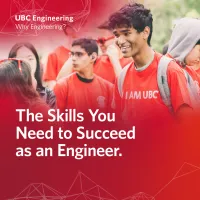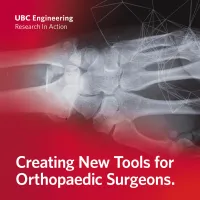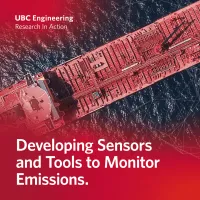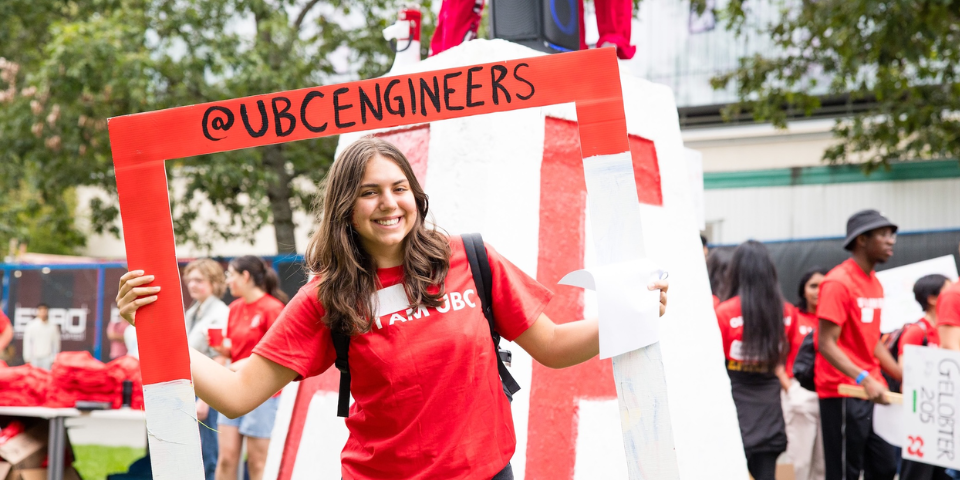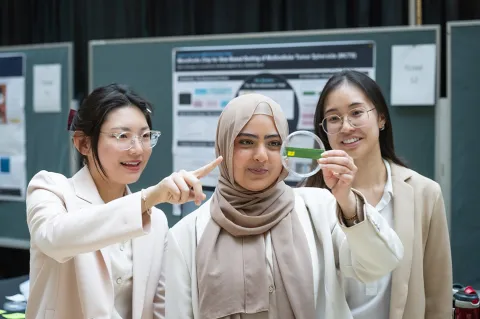
Engineers are creative problem-solvers who apply their technical knowledge to develop innovative solutions. To do that, they need to tap into their empathy and creativity to consider the problem and its potential solutions from many different angles.
Learning to consider multiple perspectives
In their foundation year, UBC Engineering students take two courses that introduce the design cycle and ask students to develop solutions to open-ended problems.
For Dr. Ray Taheri, who teaches one of these courses to students at UBC Okanagan, the start of the design cycle is one of the most important steps. This is the stage where you study the problem by thinking about it from the viewpoint of all the stakeholders involved.
“For me, the design cycle begins with empathy,” he says. “As engineers we use our empathy and imagination to think about problems and imagine that problem from multiple perspectives.”
The projects he’s assigned vary with each year. But whether students are designing a product to help elderly adults with day-to-day life or coming up with a solution to help firefighters do their jobs more efficiently, it all begins with research.
First-year students are designing solutions to real-world problems
“You need to start by doing your research and talk with people to understand the issues they are facing,” he says. “That’s how you connect with the problem.”
For Dr. Taheri, this is what makes engineering such a rewarding and fascinating profession. “You see the issue from your viewpoint, but you then have to imagine the issue from the perspectives of others, the people building it, using it and maintaining it – and even what happens to your solution at the end of its life-cycle.”
The ability to imagine a problem from multiple perspectives is essential to good design. Let’s say you’re designing a new pedestrian bridge crossing a busy roadway. You need to think about that structure from the viewpoint of taxpayers who are ultimately paying to construct it, the people who will use that bridge and the workers who will build and maintain it over its lifespan (have you chosen parts susceptible to corrosion?).
Foundation year Dr. Ray Taheri UBC Okanagan
Dr. Taheri believes empathetic engineers are a force for positive change
An empathetic approach generates better solutions
At UBC Engineering, students learn both technical and soft skills. You’ll gain the fundamentals of science, math and coding you need to succeed as an engineer. As importantly, you’ll learn how to creatively and empathetically consider problems from multiple viewpoints.
This holistic approach is just one reason that UBC Engineering consistently stands out in national and international rankings. The achievements of our faculty, students and alumni show the incredible value that comes from using critical-thinking skills to solve problems that that put people first – and thereby have a positive impact on the well-being of people and the communities where we live and work.
